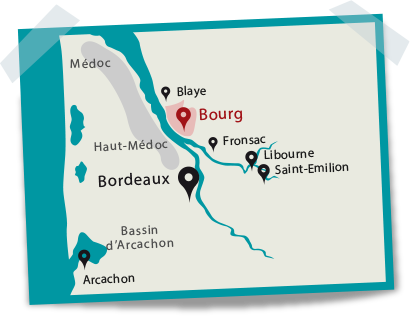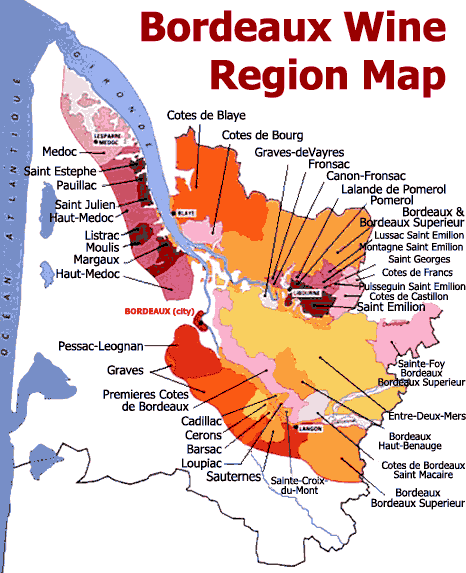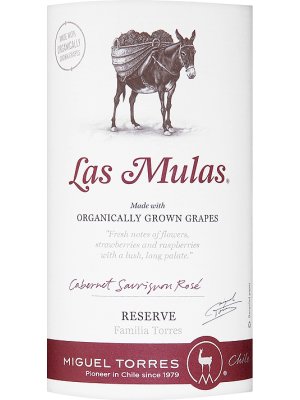 |
| Crémant - Classy bubbles from France without the expensive price tag |
Once upon a time in the UK we had Champagne. Well, we didn't have it as such but we imported quite a lot of it (we still do) and from the late 1800s on enjoyed it at special occasions as a drink of celebration.. The history and story of Champagne is long and you can read a huge number of books devoted to the subject if you so wish so I don't want to dwell on it too much here.
Seeing the success and popularity of Champagne winemakers in other parts of the world began to make their own versions of fizz including Cava from Spain, Sekt from Germany and more recently sparklers from Australia, New Zealand, South Africa, California in the USA, and right here at home in blighty (England to anyone not sure).
One name I have missed out of this is Prosecco from Italy. Prosecco is actually made using the 'tank method' (sometimes called Charmat method) where the secondary fermentation, that creates the bubbles, takes place in a tank rather than in the bottle. It has become very popular with supermarkets and wine merchants reporting massive double figure percentage increases in sales over the last few years.
But whilst we have all these sparkling wines from other countries, until very recently we had rarely seen another form of sparkling wine from France made in exactly the same way as Champagne but offering great value for money.
The literal translation of Crémant is 'creamy', the thought being that these wines give you a creamy mouthfeel rather than fizzy. And I think they are going to be become ever more popular, in fact I am sure of it. The rise of Crémant was first reported in the Telegraph by Henry Samuel back in 2010 but the trend continues and with Aldi and Lidl currently giving the big four supermarkets a run for their money their promotion of excellent value Crémants can only lead to a raising of the profile of such sparklers and therefore increased sales. That and this blog of course!
 |
| Crémants are available from eight designated regions |
In some regions the same grape varieties are the same as Champagne, namely Pinot Noir and Chardonnay but other varieties are also used in certain areas such as Chenin Blanc in the Loire and Pinot Blanc and Riesling in Alsace amongst others. Production is not huge particular compared with Champagne. The biggest producing region is Alsace at about 30 million bottles a year, about one tenth that of Champagne. However
Crémant d'Alsace is the most widely purchased non Champagne sparkling wine in France.

But the important point is that is really rather nice and I for one, would rather drink it than Prosecco if the budget doesn't stretch to a bottle of Champagne or English Sparkling.
Now I know many people are taking to Lidl and Aldi to do your shopping, I am too, so next time you're in Lidl pick up a bottle of Weiber Crémant d'Alsace at just £7.99 a bottle or in Aldi Pierre Bonnet Crémant de Loire at an even bigger bargain £6.79 a bottle. I promise, you won't regret it.
Do you enjoy my wine blogs? Come and meet me in person. Visit my website www.gloryofwine.com or follow my Facebook or Twitter feeds. I would love to organise a tasting event for you.
Until next time. Enjoy your wine.
Cheers!
Simon







































